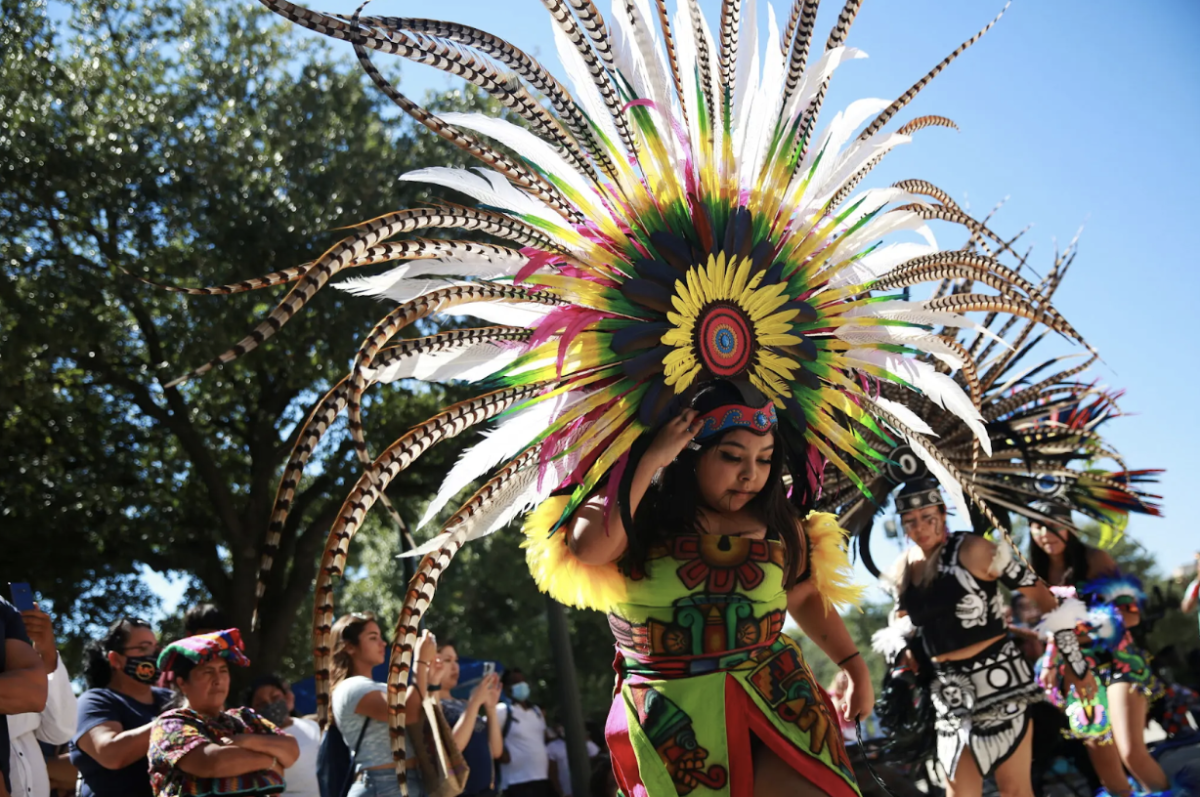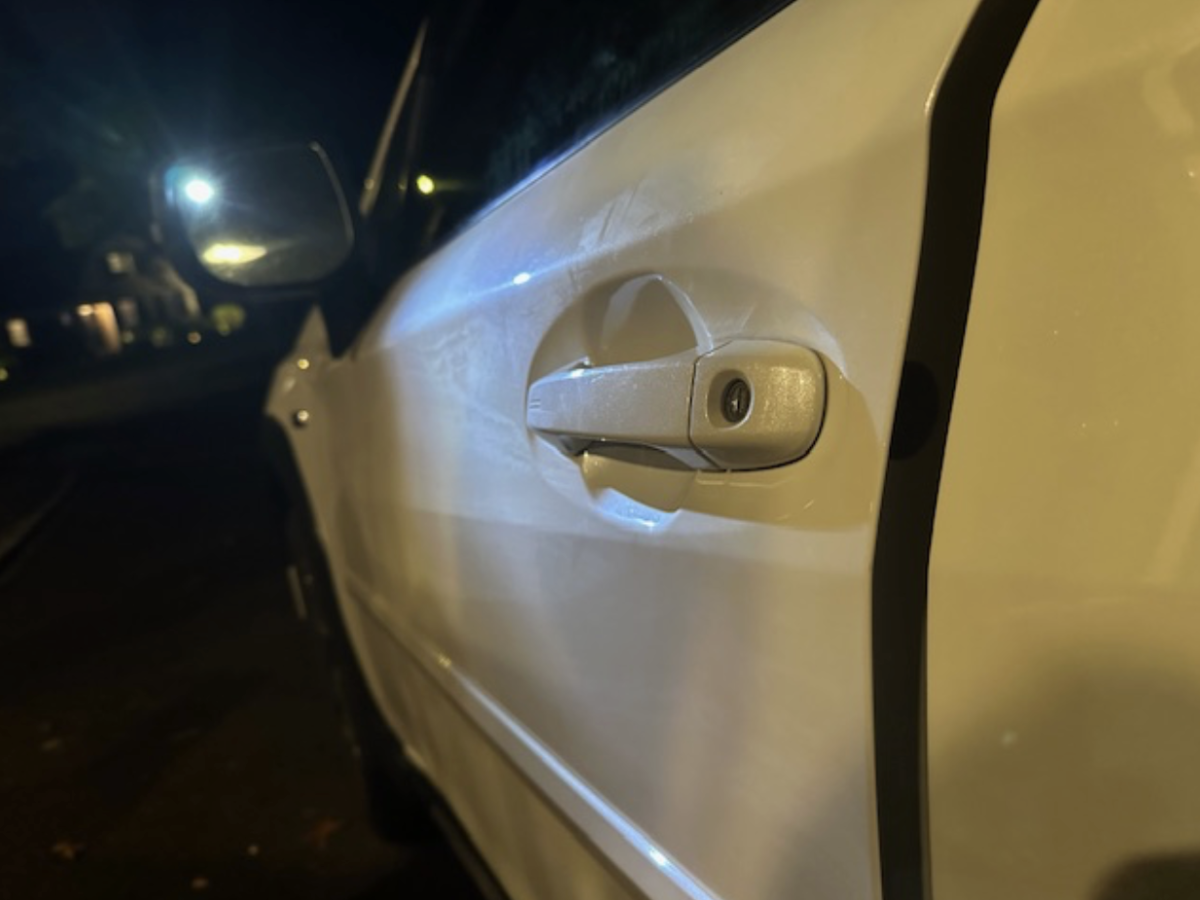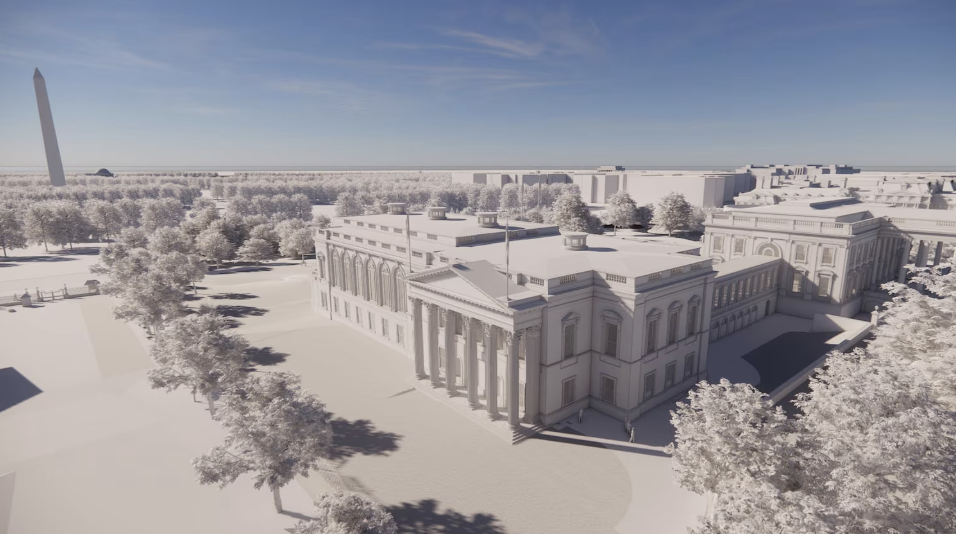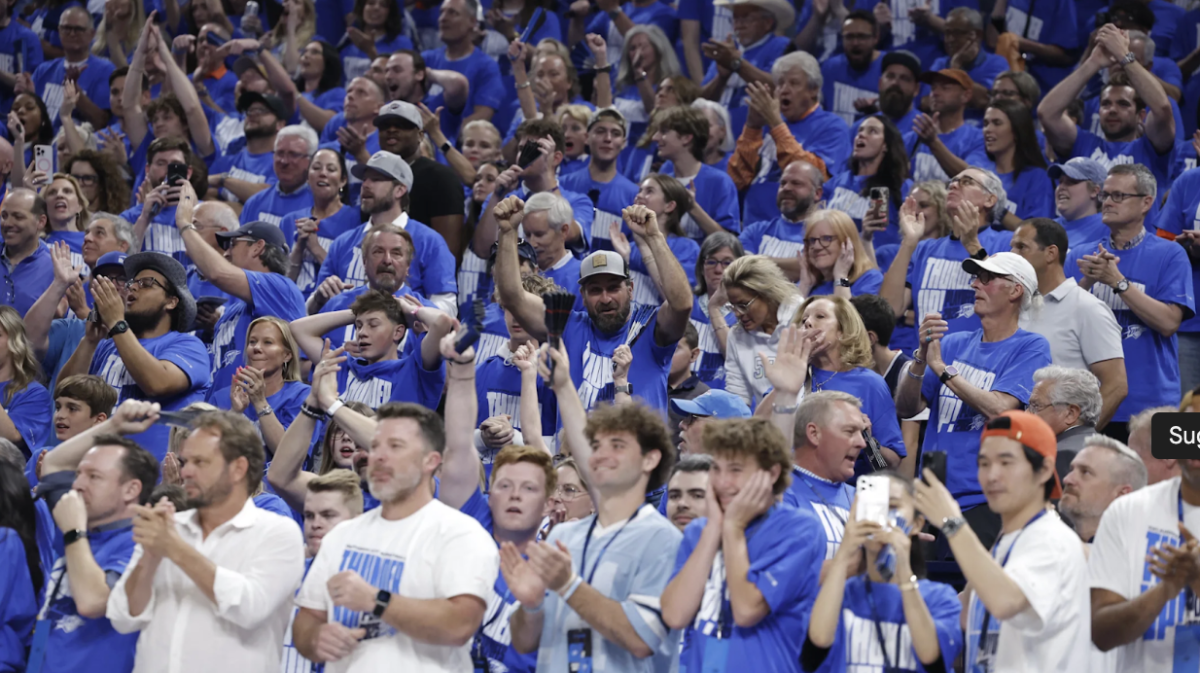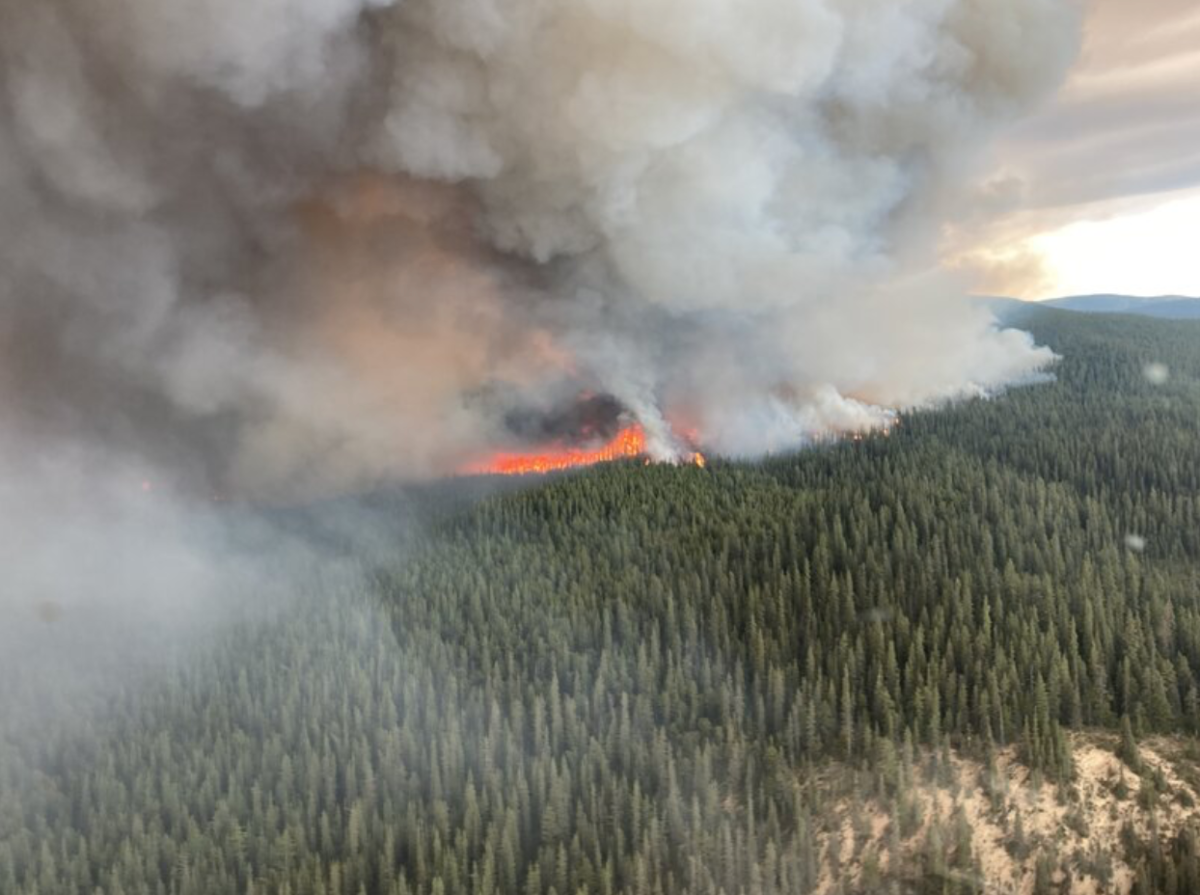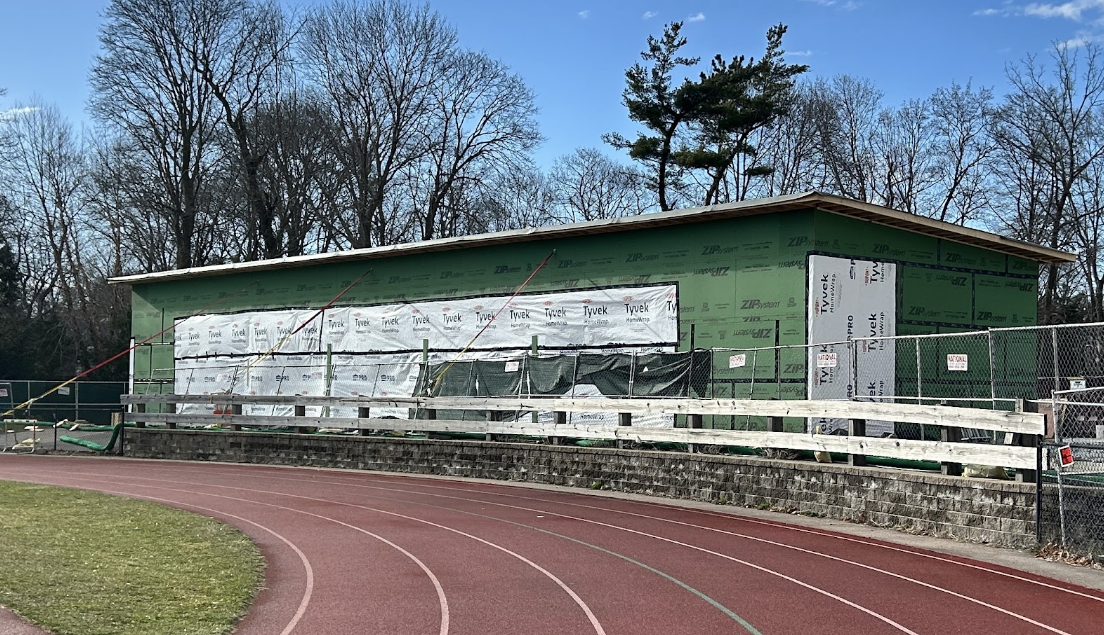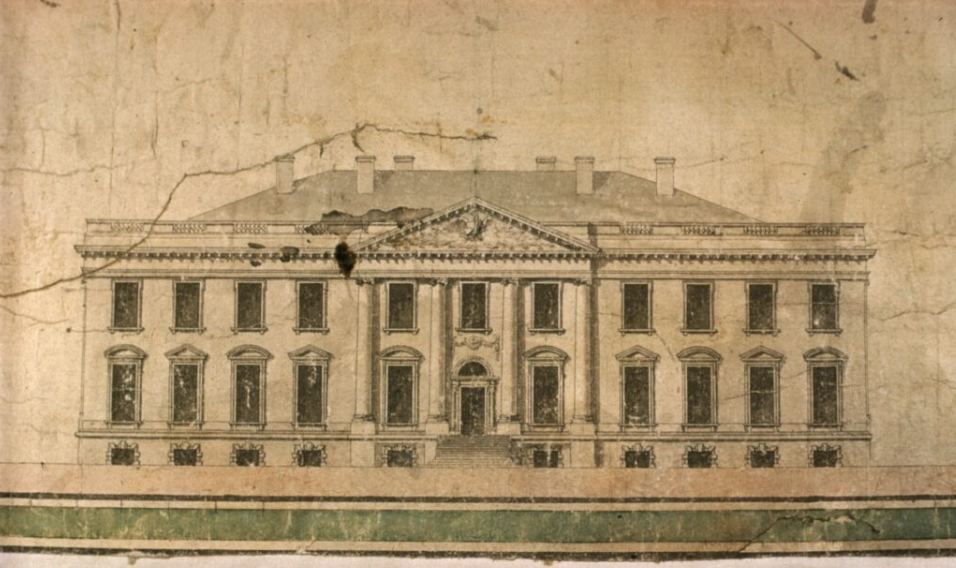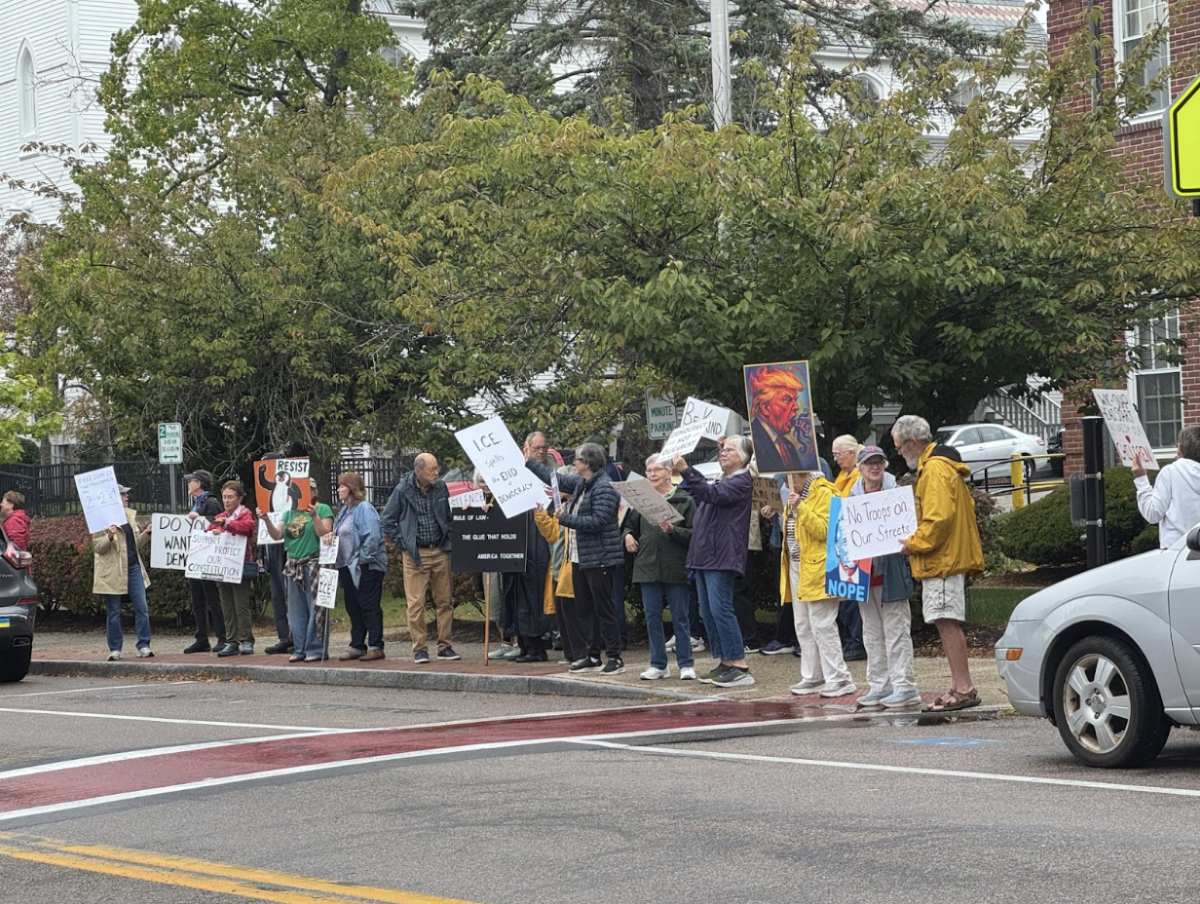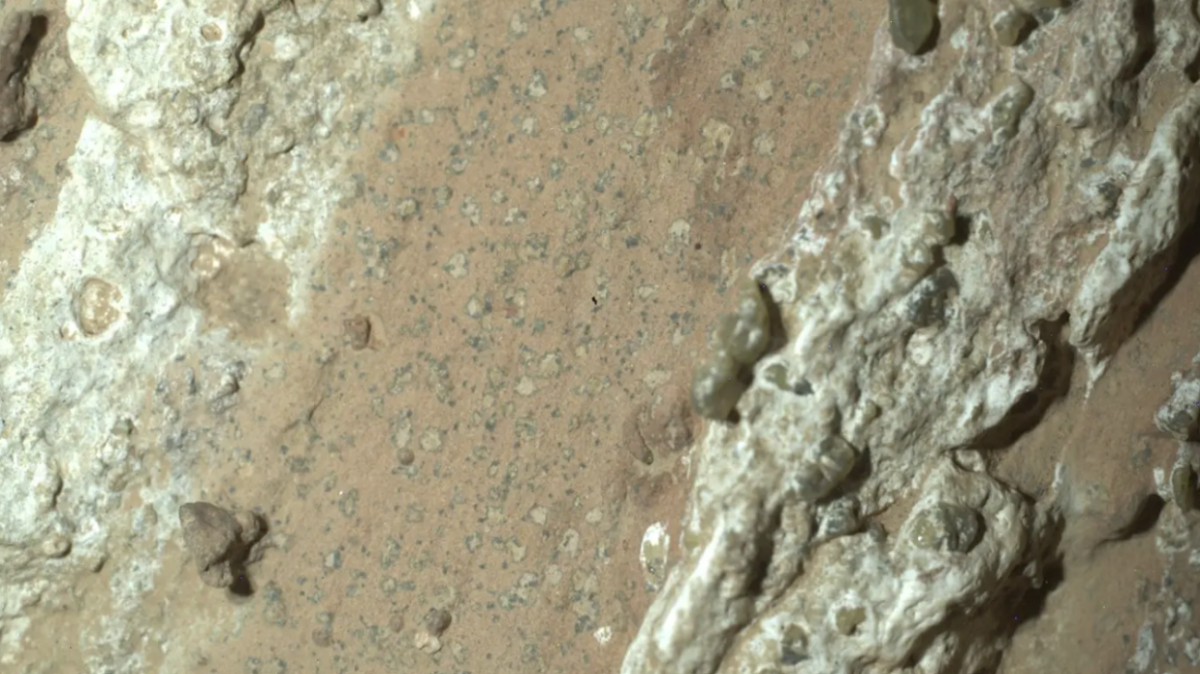Originally designed by James Hoban in 1792, the White House is one of the most iconic images of American history and pride. Since it was first occupied by John Adams in 1800, the White House has undergone many renovations, and more are on the horizon.
Destruction and Redesign
Just 14 years after the first build was complete, the War of 1812 with the British left much of the original White House in ashes. Under the oversight of the same designer, the revised version of the White House was very similar, the only noticeable difference was the addition of two new North and South porticos.
The Roosevelts Expand West and East
The next significant changes came under the Presidency of Theodore Roosevelt in 1902. The 26th president oversaw a classical facelift to the historic home, bringing ithe design into the modern age. Along with these new designs came the addition of a temporary West Wing, a project later completed by Taft. This wing became home to important gathering spaces such as the Oval Office, the Situation Room and the Cabinet Room.
Sequentially, under the guidance of Franklin D. Roosevelt (FDR), the East Wing was constructed. This wing provided the first lady and her employees with office space, as well as served as a cover for the secret bunker, known as the Presidential Emergency Operations Center. The location of this bunker is now widely known, especially following the tragic events of 9/11.
The Truman Balcony
When a piano leg came through the second floor of the White House during Truman’s presidency, he decided to perform a complete revamp of the structural system of the White House. In addition, he wanted to build a new portion to the Southern Portico, now known as the Truman Balcony. However, congress refused to approve funding for this construction, so the 33rd president funded the project himself in 1948.
Trumps New “Top of the line” Ballroom
Since President Truman’s balcony construction in 1948, there have been no new additions to the White House. That is soon to change, as President Trump is in the process of designing and building a new, 90,000 square-foot, $200 dollar million ballroom.
Many Americans might agree with HHS Junior Lindsey McManus that “It’s so unnecessary.” However, this new room will be the largest at the White House, holding 650 people. This is a 400 person increase from the capacity to the previous largest room, the East Room. President Trump hopes this addition will make it easier to have large scale events.
Despite these benefits, this project is being funded privately by Donald Trump himself and various investors. This is making some people question Trump’s intentions. Is he constructing this new massive building just to show he can and to demonstrate his power?
Changes in the Rose Garden
Established in 1913 by First Lady Ellen Wilson, and later updated by Jacqueline Kennedy, this garden is iconic for it’s beautiful botanic features that add a burst of lively color to the otherwise blank environment of the White House. The garden has been famously featured as the location for presidential speeches and press hearings.
This year, in the first months of his presidency, Donald Trump applied his own creative vision to the garden, taking the initiative to completely replace the historic lawn with a paved patio.
This change shocked many, including HHS freshman Evelyn Sinkus who said “I was disappointed because he took such a beautiful historic landmark and downgraded it into pavement.”
Whether you are for or against these new changes coming to Washington, one thing is certain: The White House has never remained unchanged for long. From Hoban’s original vision in the 18th century, to Roosevelt’s wings, then Truman’s balcony, and now Trump’s ballroom and Rose Garden, modifications of each generation have left their mark. These changes remind us that the White House is not only a symbol of American history, but also a physical example of American progression.

